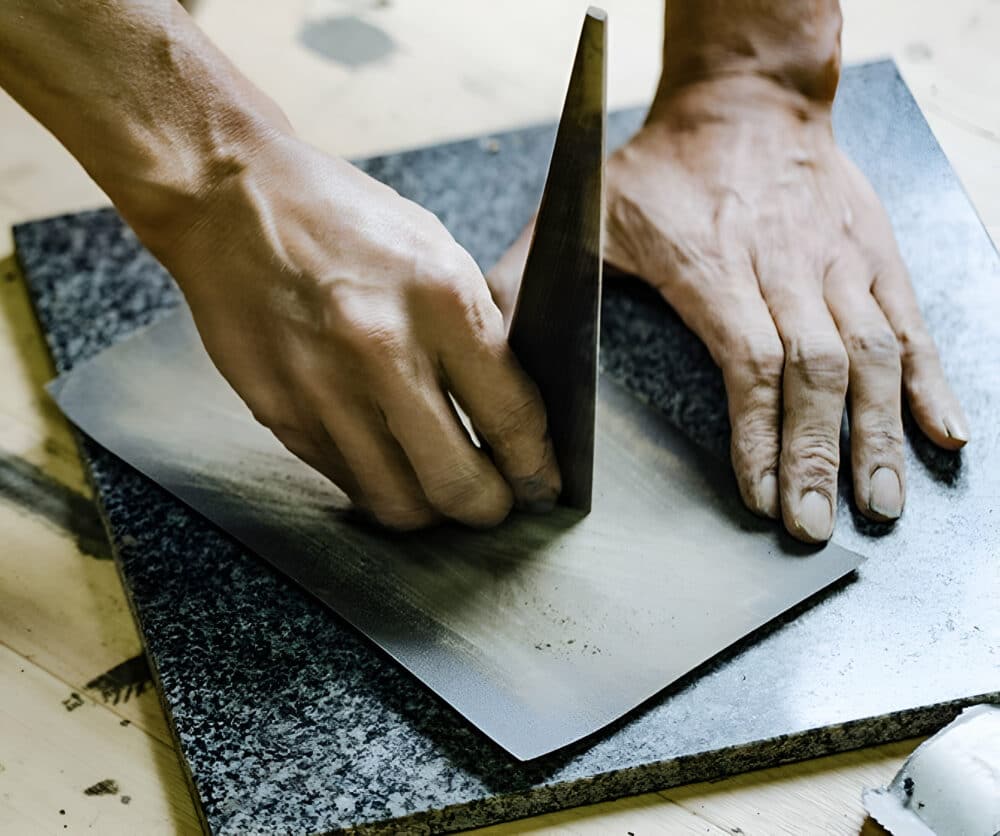Into its fourth generation, a Japanese company with more than 100 years of experience in the lacquer business launched a new design brand in 2021.
Makino Urushi Design, a brand born from the esteemed Makino Urushi Kougei Co., Ltd. in Kyoto, is redefining the ancient art of Japanese lacquerware for the contemporary world. Rooted in a tradition that dates back to 1928, the Makino family has been at the forefront of lacquer artistry, contributing to significant restoration projects like the iconic Kinkaku-ji temple. With each generation, from Shinkichi Makino, who trained in Wajima lacquerware, to the fourth generation led by Kohta Makino, the company has upheld the meticulous craftsmanship and cultural heritage of Japanese lacquer.
In 2021, Makino Urushi Design was established to bridge the gap between traditional techniques and modern aesthetics. This new brand aims to breathe fresh life into lacquerware by collaborating with designers from various fields, including high-end interior furniture and unique art objects. By combining the timeless beauty of lacquer with innovative design, Makino Urushi Design is not only preserving a vital aspect of Japanese culture but also pushing the boundaries of its application in contemporary art and lifestyle. The brand’s vision is a testament to the enduring legacy and evolving future of Japanese lacquerware.
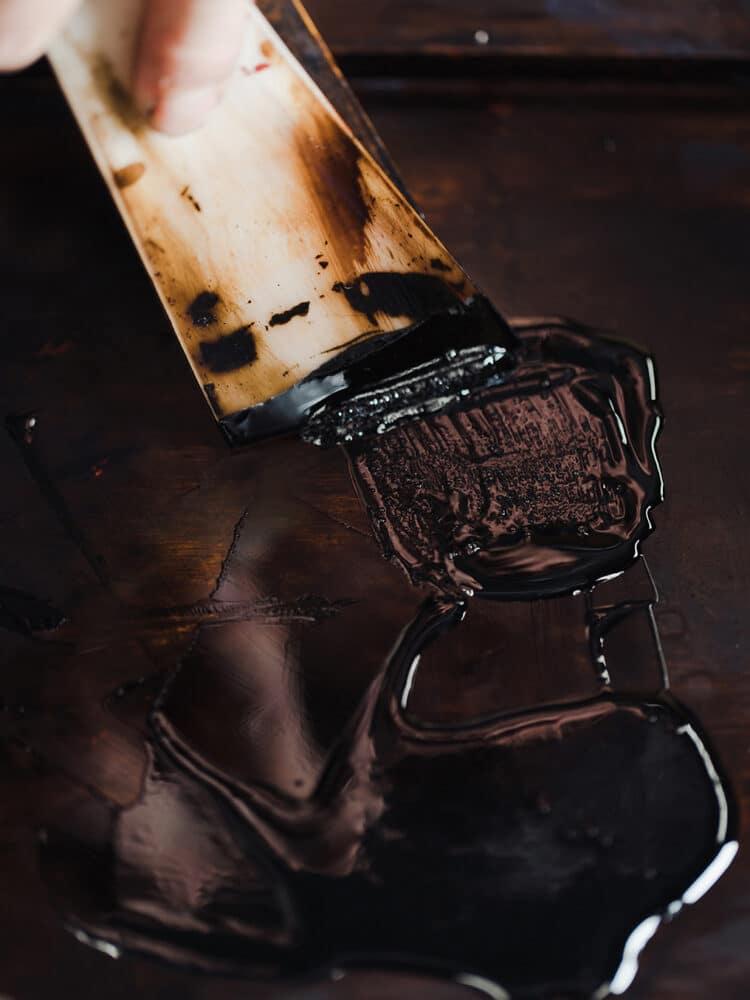
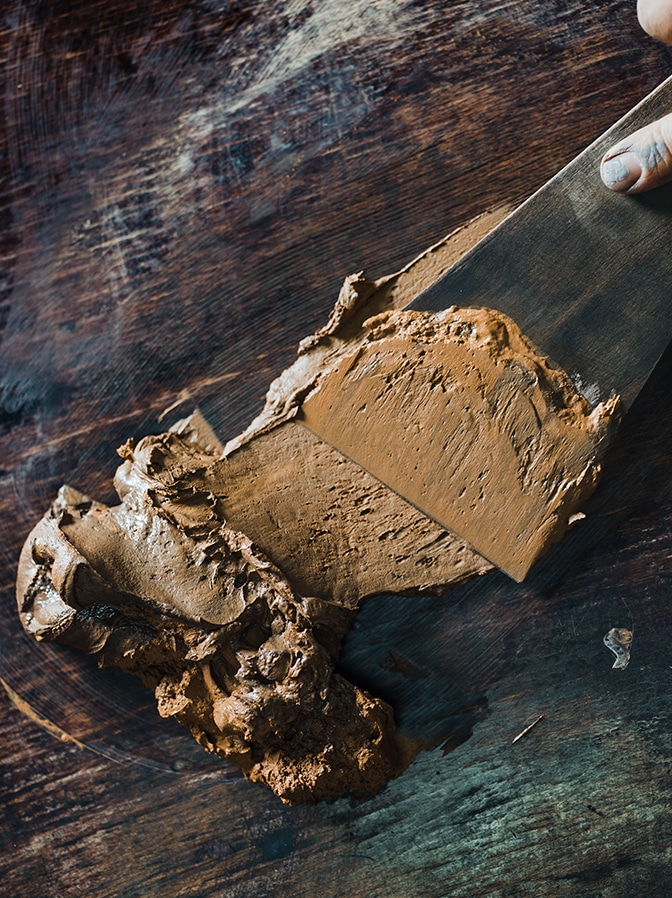
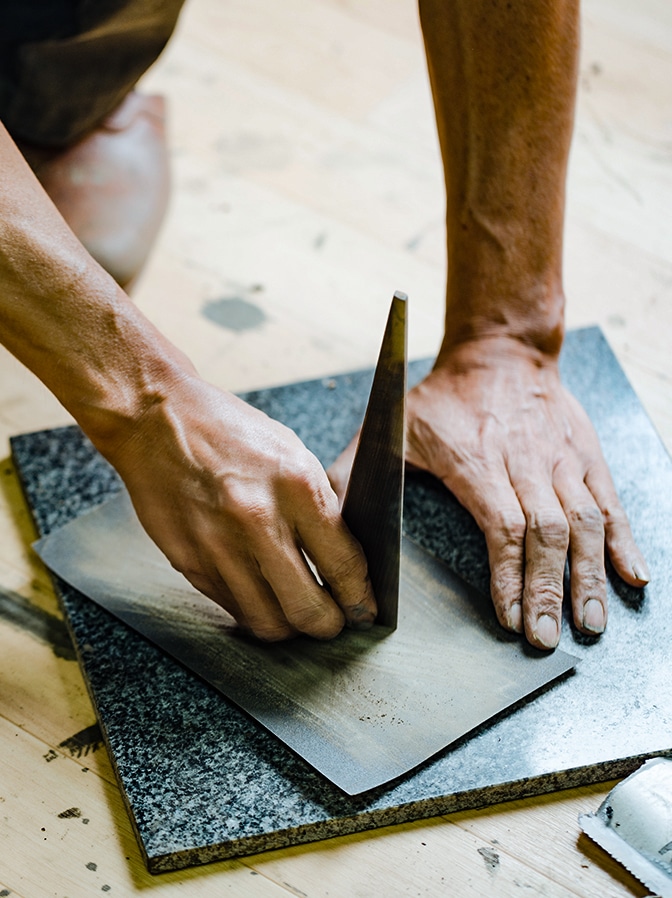
Honoring Tradition with Modern Innovation
Lacquer, or “urushi” in Japanese, symbolizes a profound cultural heritage, embodying both the aesthetics and practicalities deeply rooted in Japanese life. Derived from the sap of the lacquer tree, this natural material has been prized for its exceptional properties, including high antibacterial resistance, water resistance, and durability, making it invaluable for everyday items and the preservation of cultural artifacts. The oldest known lacquerware pieces, dating back 12,600 years in Fukui prefecture and 9,000 years in Hokkaido, underscore Japan’s long-standing relationship with lacquer. Cultivated and studied meticulously, lacquer reflects the Japanese ethos of harmonizing life with nature, its deep, glossy finish resonating with the words “uruwashi” (beautiful) and “uruosu” (to enrich).
Makino Urushi Design honors this rich tradition while infusing contemporary innovation into their lacquerware. The lacquering process, essential to achieving the signature glossy finish, begins with meticulously preparing the wood or ground material, which can include wood, glass, or metals, ensuring the lacquer adheres securely. The multi-step coating and polishing involve undercoating and middle coating, with each layer being polished to a smooth finish using sandpaper and charcoal. This process, repeated several times, culminates in the final coating, applied with both brush and spray techniques developed through years of expertise. The unique textures and finishes achieved by Makino Urushi Design highlight the fusion of time-honored methods with modern advancements, setting their lacquerware apart in both beauty and functionality.
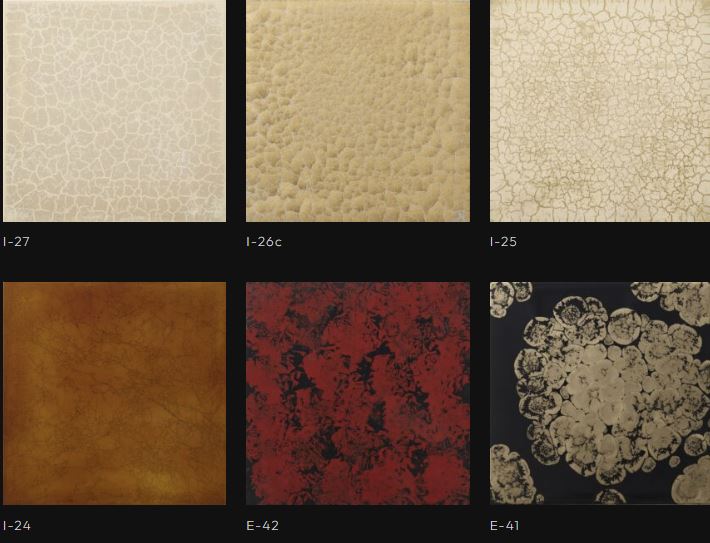
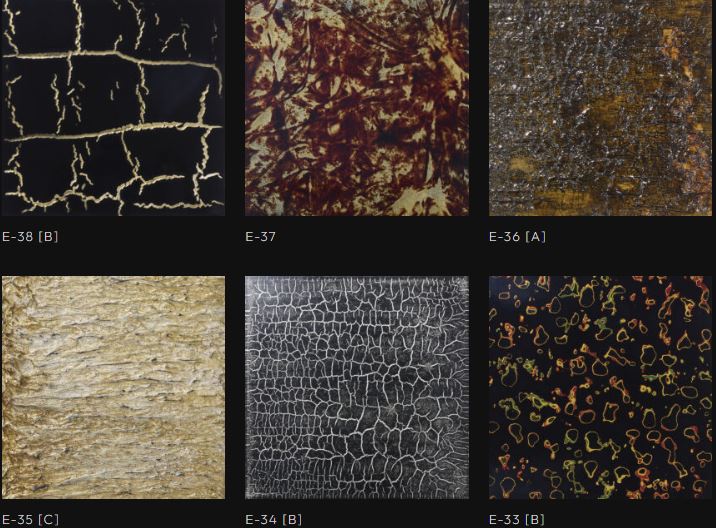
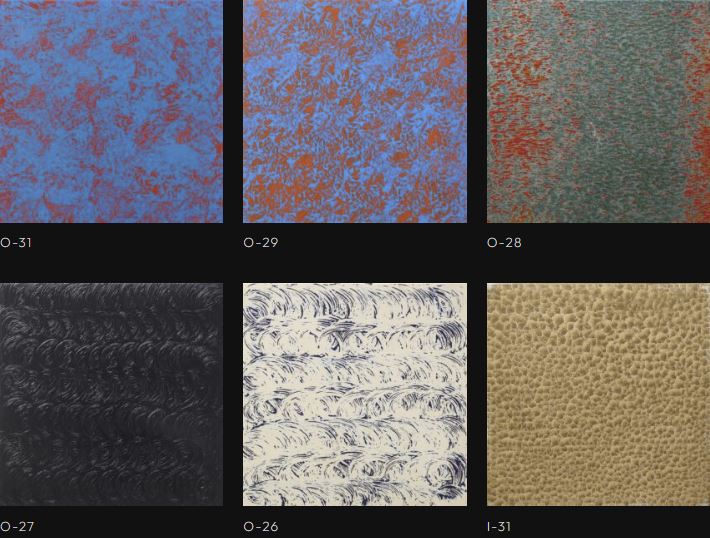
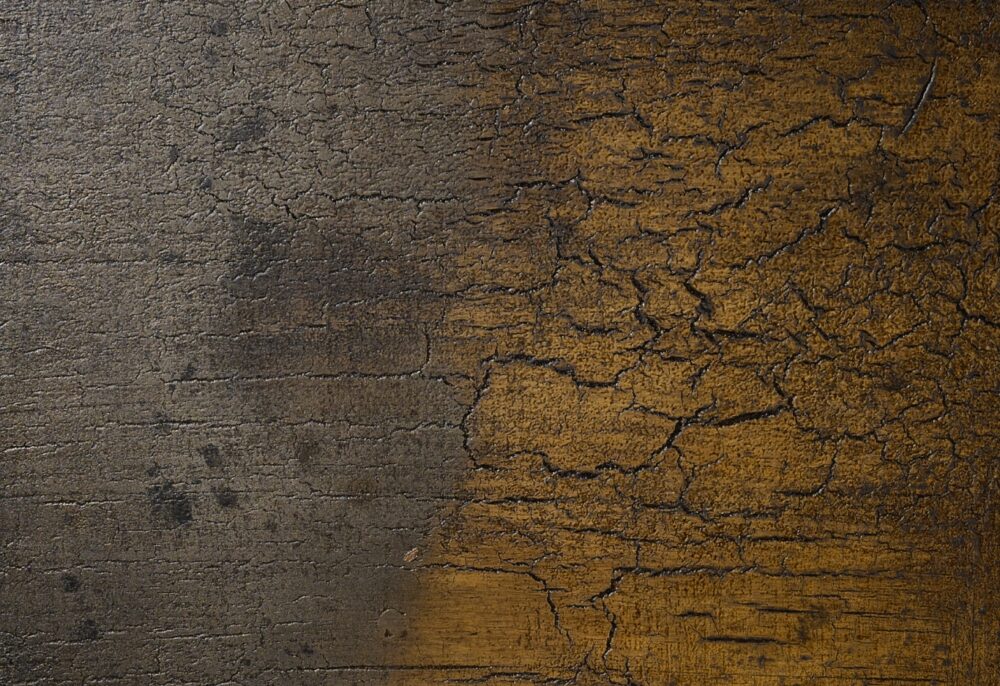
Makino Urushi Design: Innovative Projects in Modern Spaces
In January 2024, Makino Urushi Kogei Co., Ltd. unveiled its lacquer artistry at Maison&Objet Paris, highlighting the launch of its new brand, Makino Urushi Design. This brand aims to rejuvenate the traditional Japanese lacquer technique, “urushi,” by integrating it into contemporary life and collaborating with artisans and designers from various fields. Their projects span a range of modern applications, including trays, wall panels, partitions, lighting fixtures, wardrobes, and doors, demonstrating how urushi can enhance aesthetics and functionality in today’s design landscape.
One notable project is the Column Cabinet, created in 2022 for the Parisian furniture designer Garnier & Linker. This cabinet, made by a Kyoto cabinet maker and finished with natural urushi mixed with vermillion pigment, reveals the wood grain through the lacquer layers, adding a human touch to its substantial design. Other projects include a collection of mirrors for a high-end interior fair in Taiwan, designed for both private and public spaces, and made-to-order hangers for a new hotel in Kyoto, where light urushi layers convey the city’s authentic tradition. Additionally, Makino Urushi Design collaborated with Garnier & Linker on a series of porcelain flower vases featuring unique urushi techniques, and a special order bench for a London condominium, with an intentionally cracked urushi surface that mimics wild leather. These projects illustrate the innovative fusion of traditional urushi craftsmanship with contemporary design, broadening the horizons of lacquerware application.


